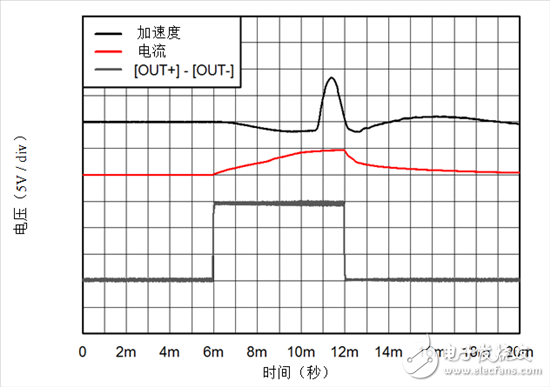According to a survey by the American Automobile Association's Traffic Safety Foundation, adult drivers can drive up to 58 minutes a day. Given the time it takes to get to and from work or traffic jams, it's no surprise that drivers want a comfortable ride experience. To this end, automakers are constantly adding new features to their cars. In this blog post, I will discuss how to integrate some of the most innovative features into the car, including haptic feedback touch screens, knob replacement, smart glass, and driver notification applications. Integrated tactile touch screen Some infotainment touch screens do not have tactile feedback for confirming that the user has pressed the correct button. The tactile feedback function of the screen can reduce the time for the driver to check the center console screen again for confirmation, which is beneficial to improve the safety of the road. The tactile feedback of typical tablets and mobile phones is not sufficient to overcome the effects of road and engine vibration. Many engineers have found that combining one or more solenoids with a solenoid driver (such as TI's DRV251x-Q1 series solenoid driver ) is an effective way to increase feedback. Using a solenoid to provide feedback is different from using typical actuators such as linear resonators (LRAs), eccentric rotating mass (ERM), or piezoelectrics. In order to drive a high quality solenoid, such as an 8-inch infotainment screen, you need a high current device. The DRV2511-Q1 integrated driver provides up to 8A of peak current to charge the solenoid. Figure 1 shows the current required to drive a typical 15V solenoid; the peak current is 2A. Depending on the weight of the moving mass, the solenoid may require a peak charging current of up to 6A or higher. Figure 1: Solenoid acceleration map: acceleration = 5.85G / div; current = 2A / div; voltage = 5V / div Knob replacement Replacing a traditional knob with the latest haptic knob not only saves the car manufacturer but also extends the life of the car's dashboard. The multiple moving parts of the mechanical knob wear out naturally over time. In the prototype that CES will show, TI will help automotive designers replace mechanical components with tactile feedback knobs. The solution also uses a range of solenoids and DRV251x-Q1 drives. A reference design we are developing integrates a capacitive touch into the knob design to form a feedback loop for the haptic knob. The knob will remain stationary, but when the user slides the finger around the knob, the solenoid will activate, creating a clear click. This feedback will make it feel like it is turning like a normal mechanical knob. Figure 2 shows the top and bottom views of our 3D printed prototype knob. Figure 2: 3D Printing Solenoid Knob Smart glass Do you know that the application of automotive sunscreen may undergo a revolutionary development? With the advancement of glass materials, electric sunscreens have become a reality. Using a high-voltage piezo driver, the driver of the car can control the amount of coloring of the window based on time or mood. TI's DRV2700 piezo driver provides the high voltage required for smart tinted glass when the USB power level is exhausted. The DRV2700 features a 105VP integrated boost converter with a quiescent current of 24mA. When used with a microcontroller , the DRV2700 offers custom window shades from transparent to dark, as shown in Figure 3. This smart glass can even color the windshield when the driver parks the car for a day in the sun. Figure 3: Side-by-side image of glass replacement color Driver notification Driver notifications are also widely integrated into cars. These notifications may appear on the steering wheel or seat, alerting the driver when there is a vehicle at the blind spot location, or when the driver inadvertently crosses the lane. Often, a powerful ERM produces powerful tactile feedback. The DRV2605L-Q1 is designed to drive ERM and includes an integrated waveform library that provides different types of effects. This allows designers to provide a rich form of notification, such as buzzing with increasing volume, pulse alarms, or different lengths of clicks. TI's EvoCar, shown in Figure 4, shows these different effects on the seat and steering wheel. Figure 4: TI's EvoCar demo at CES 2016 Ysure Leather case 24/7 Support : 86 13430343455 , https://www.ysurecase.com